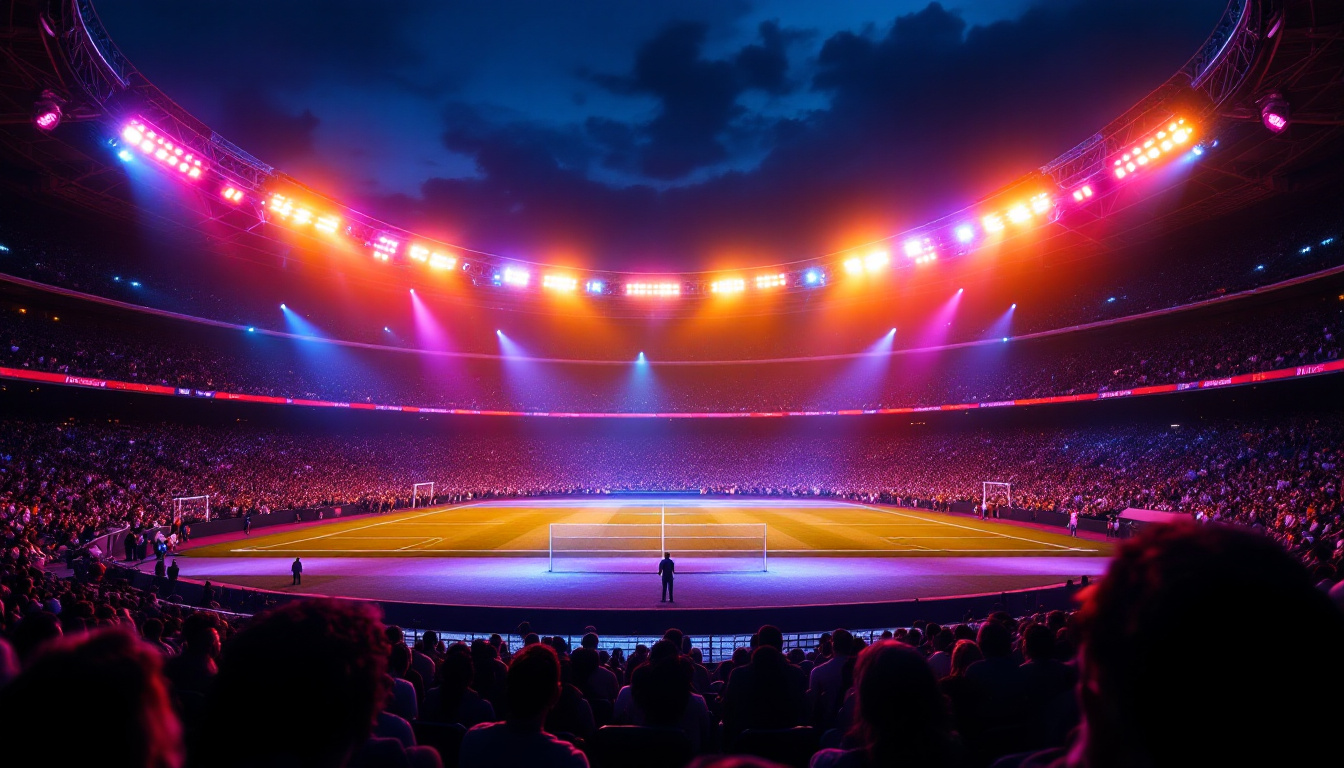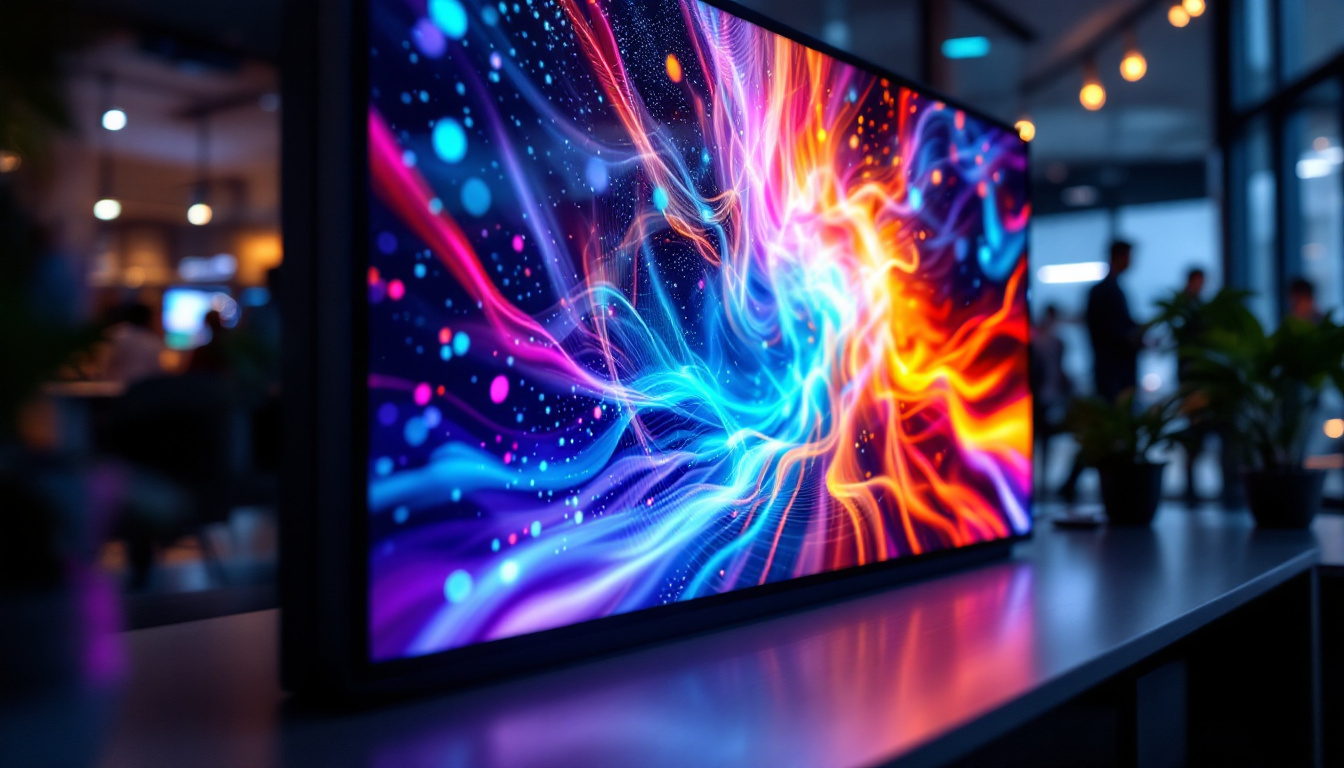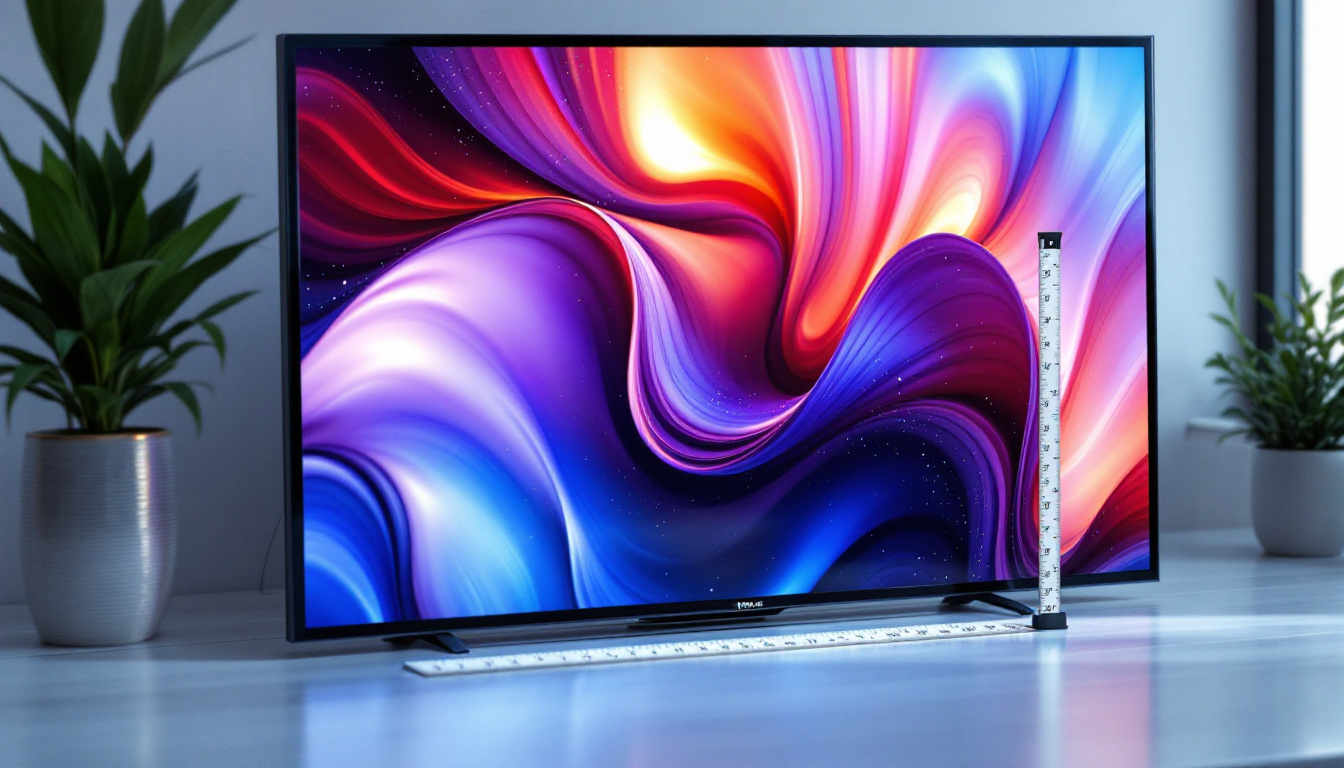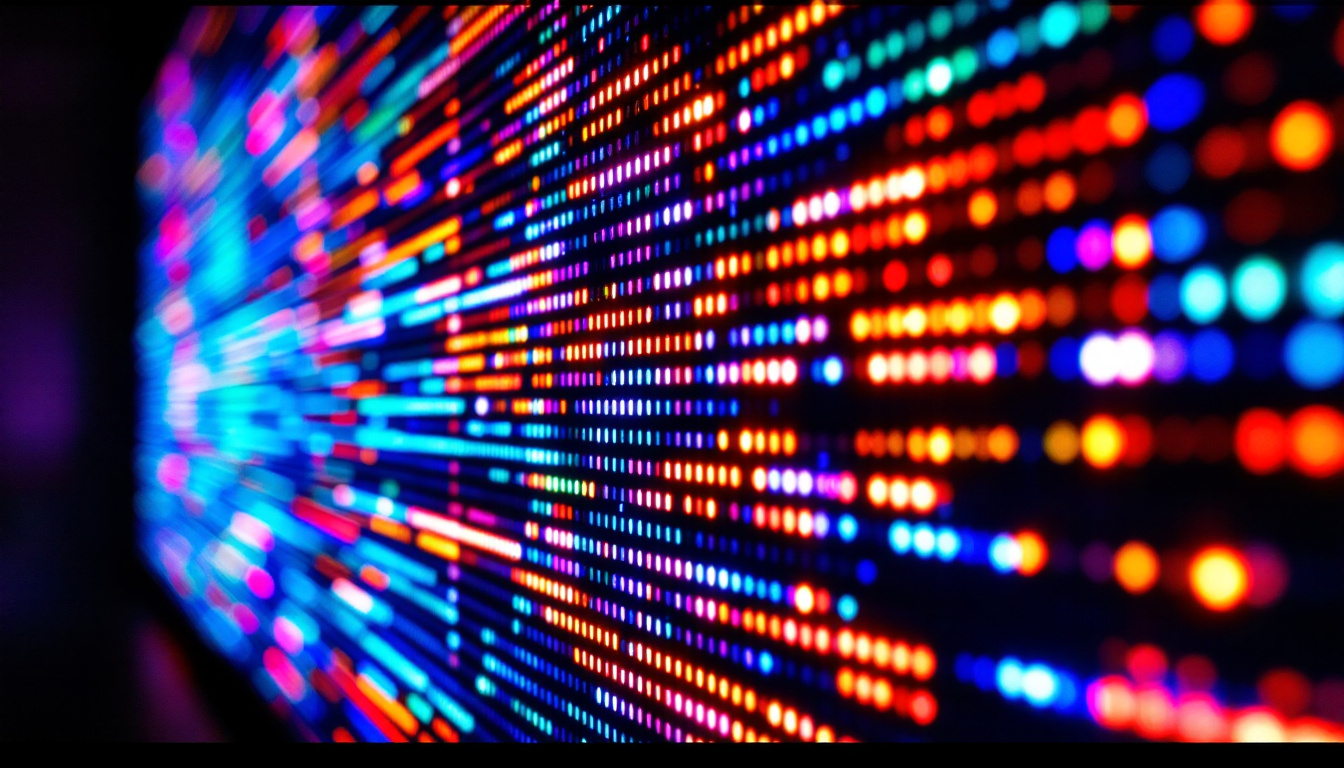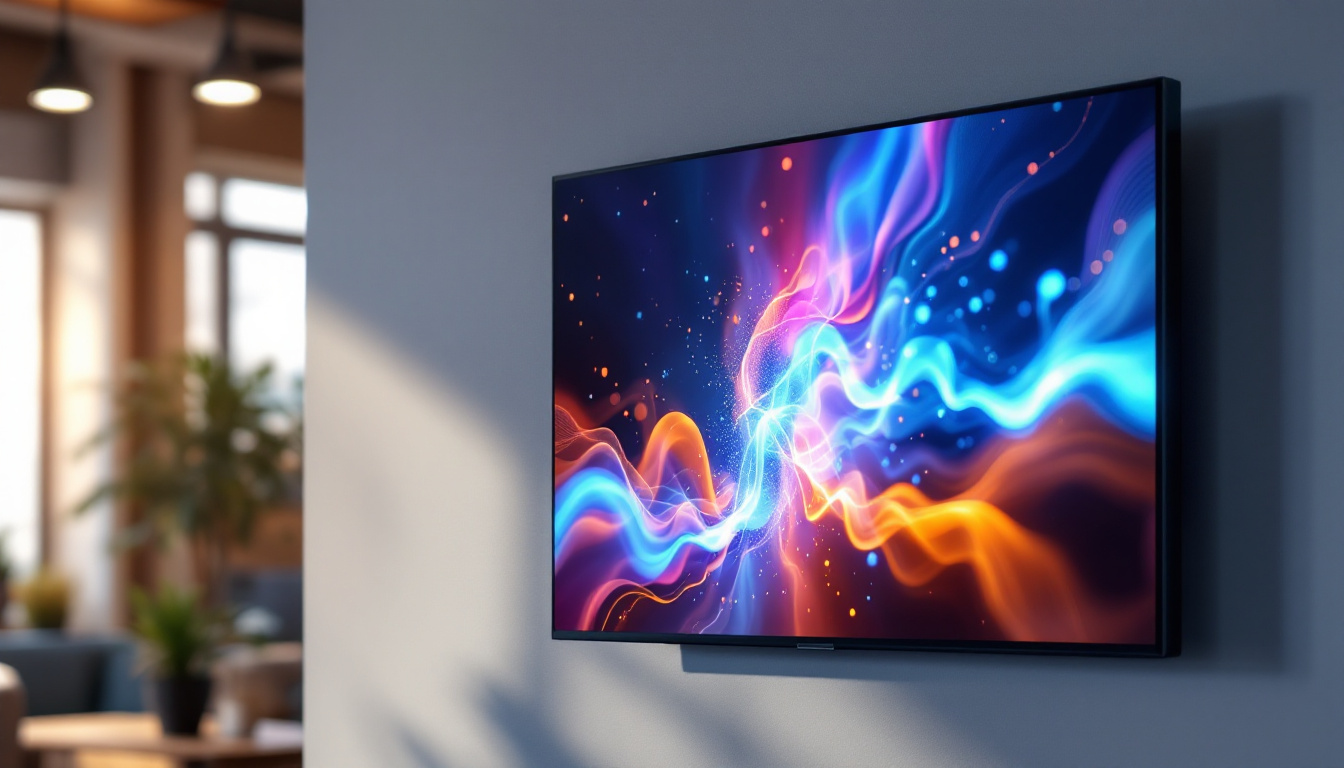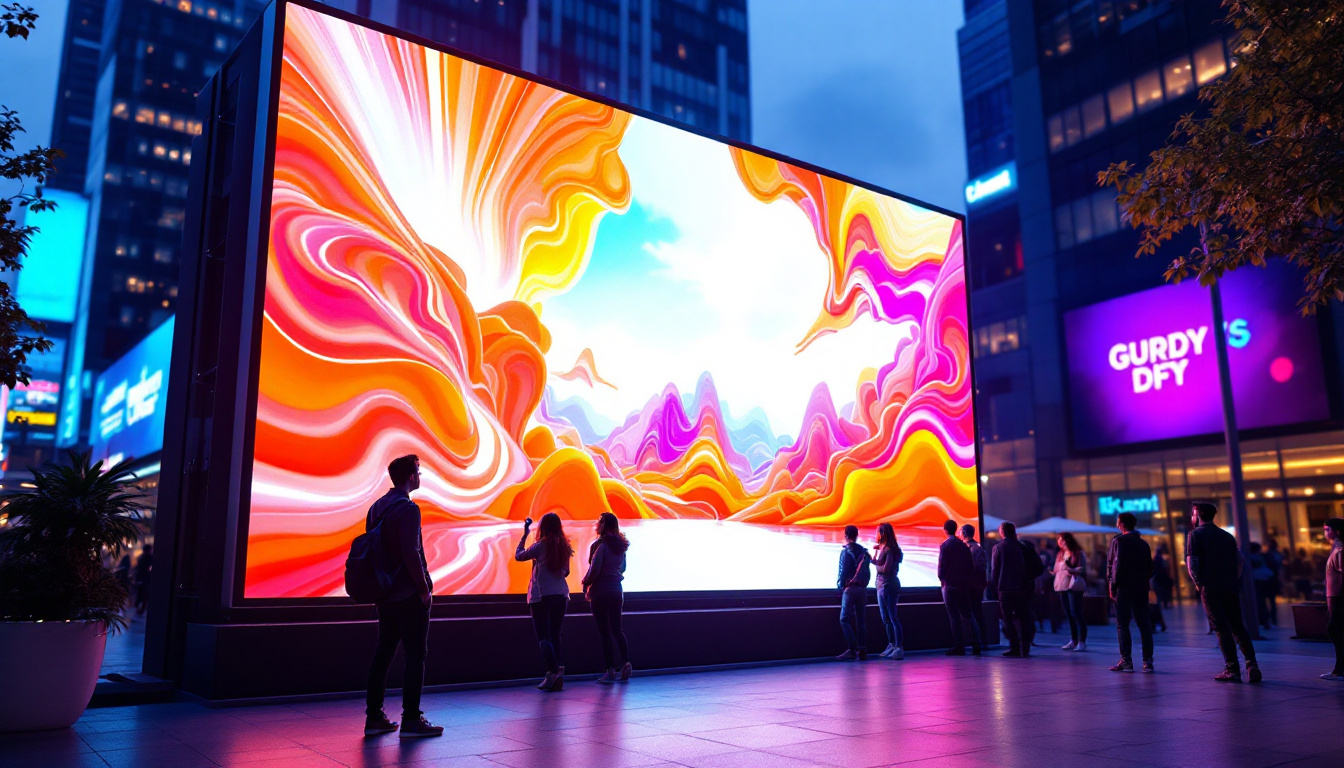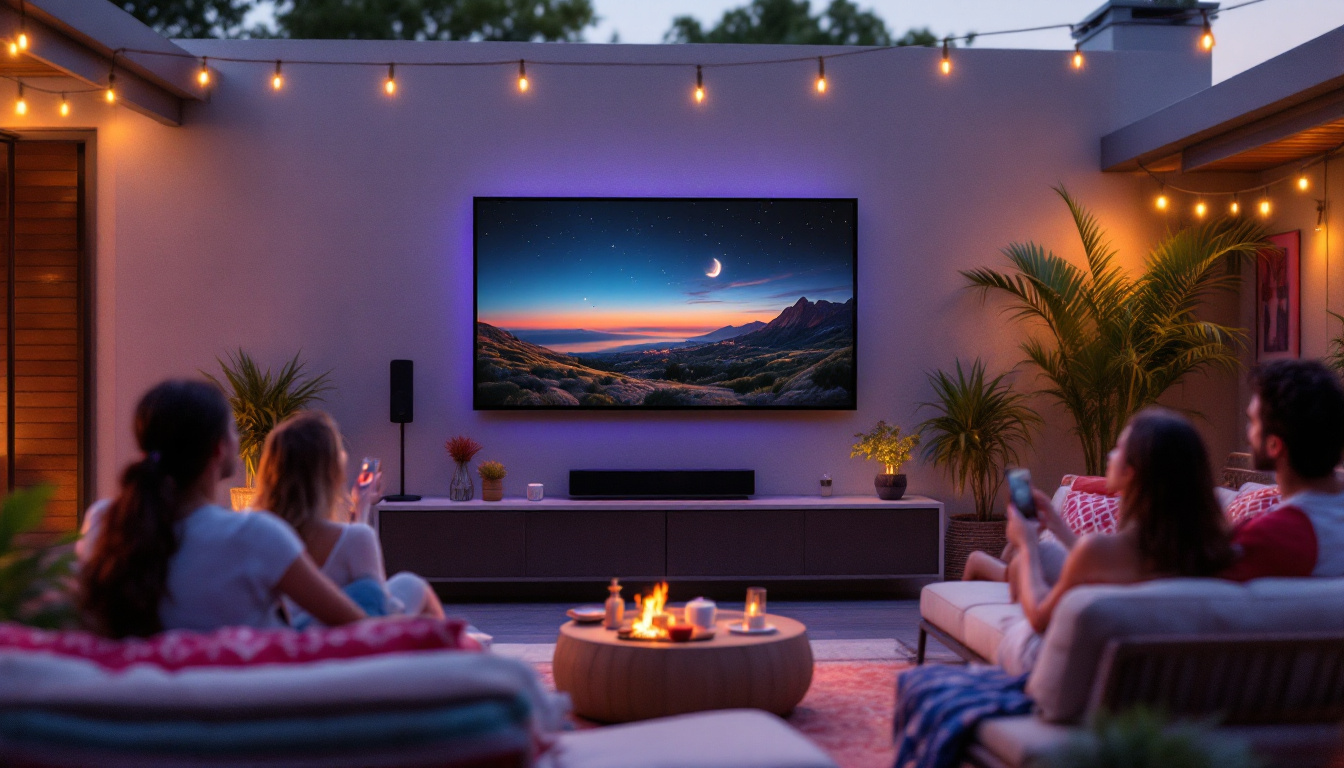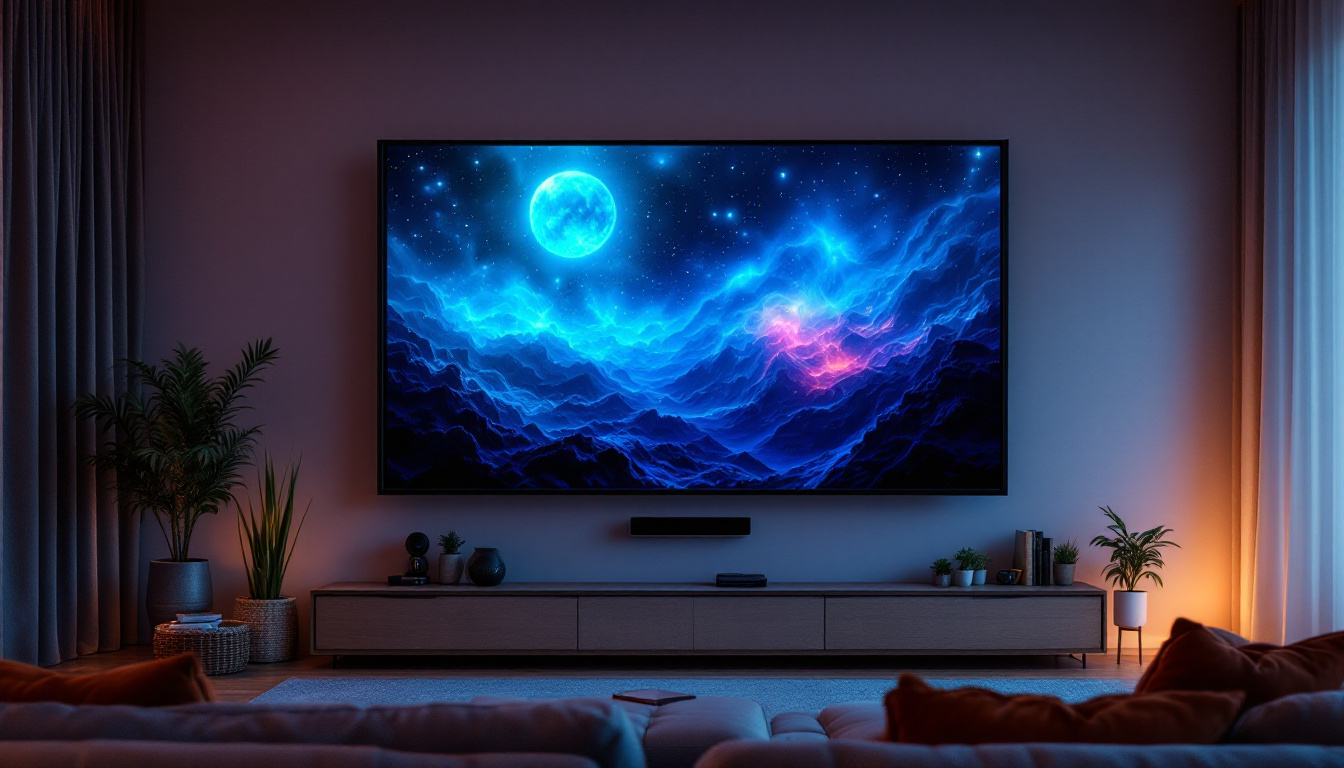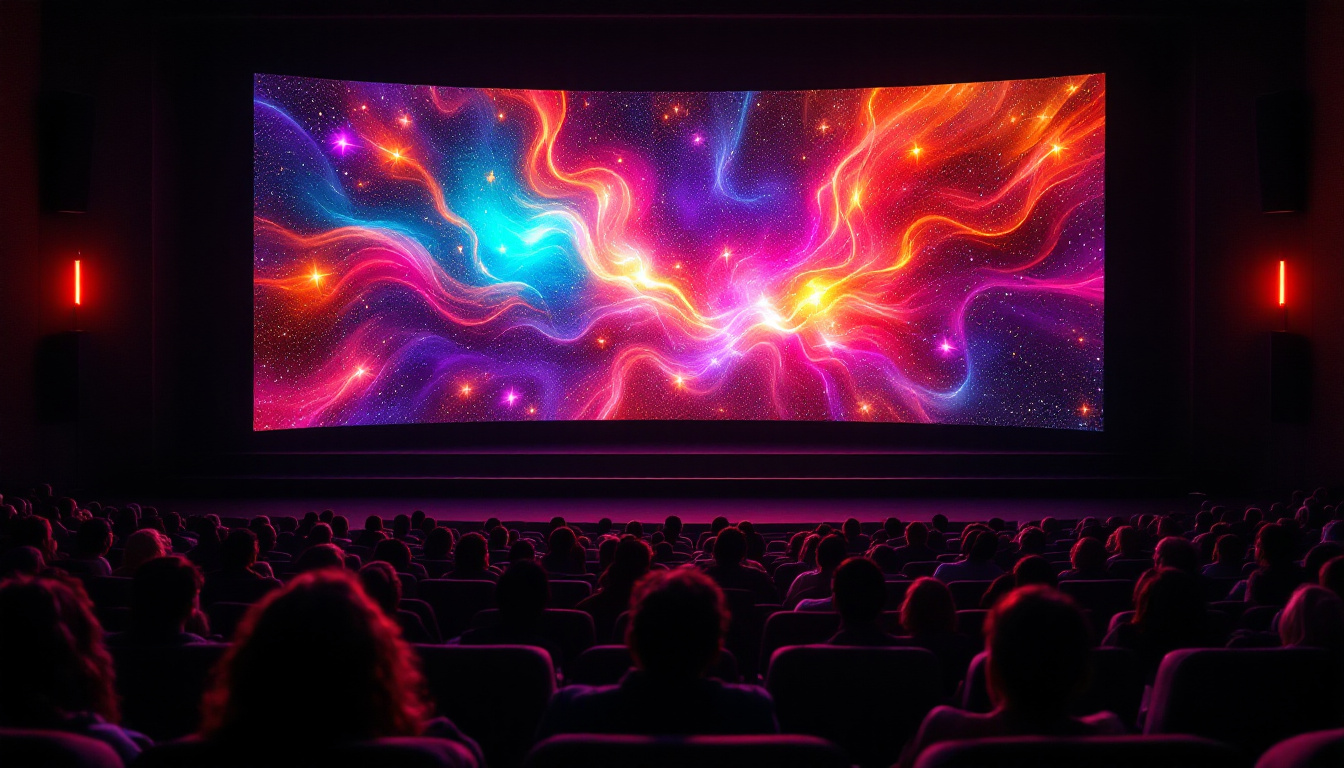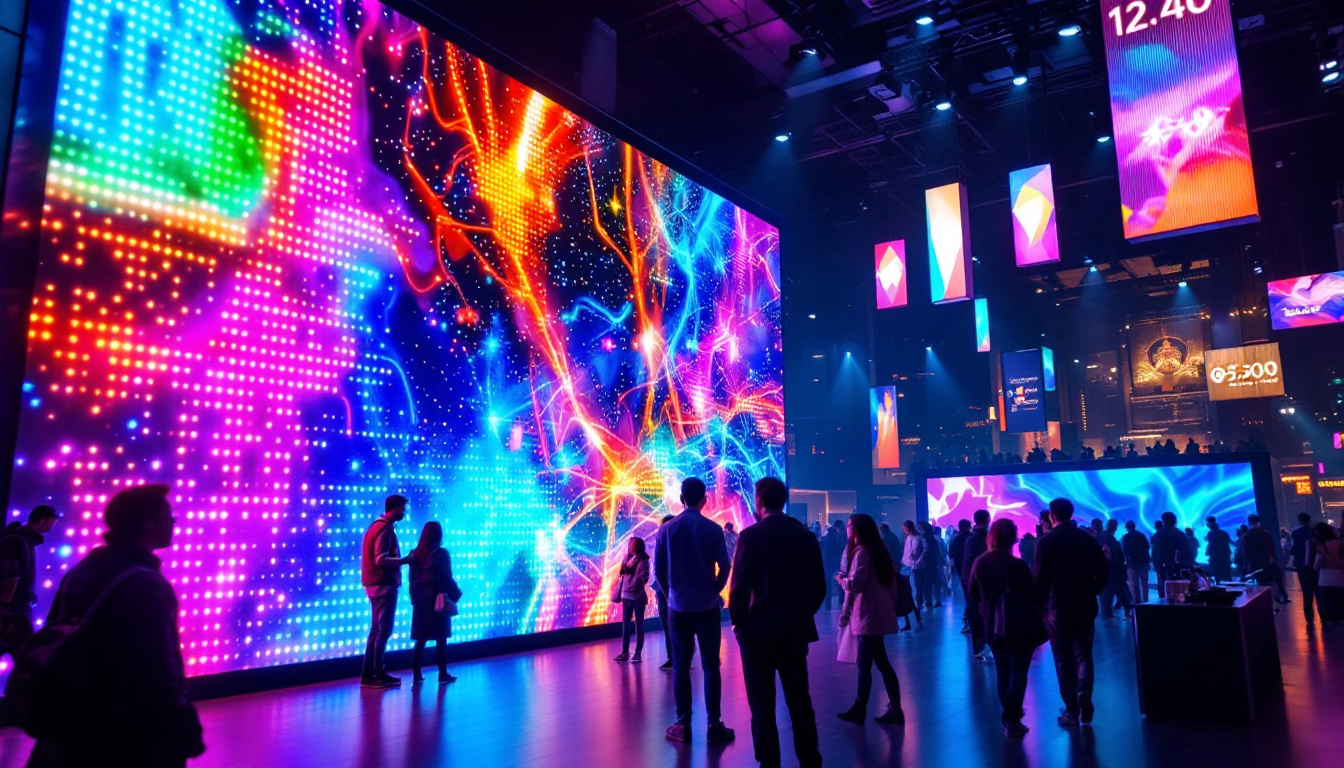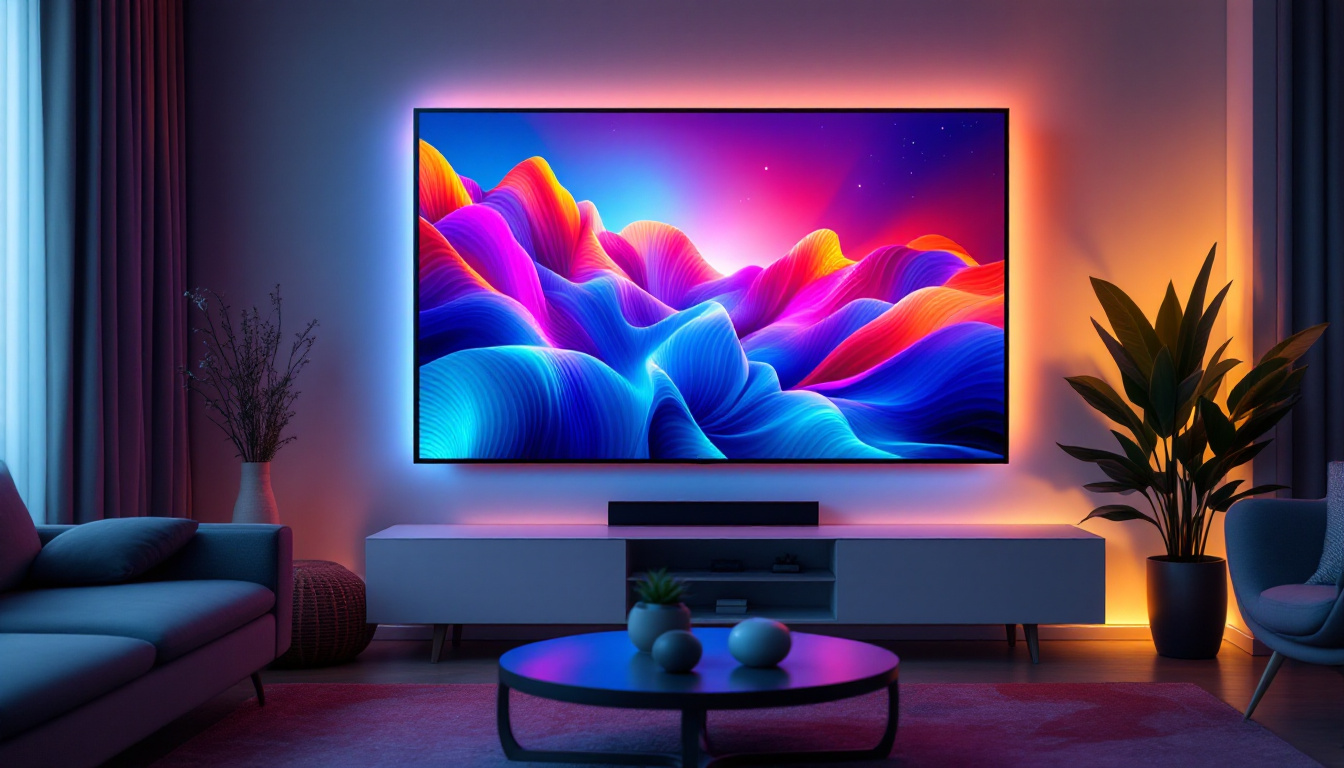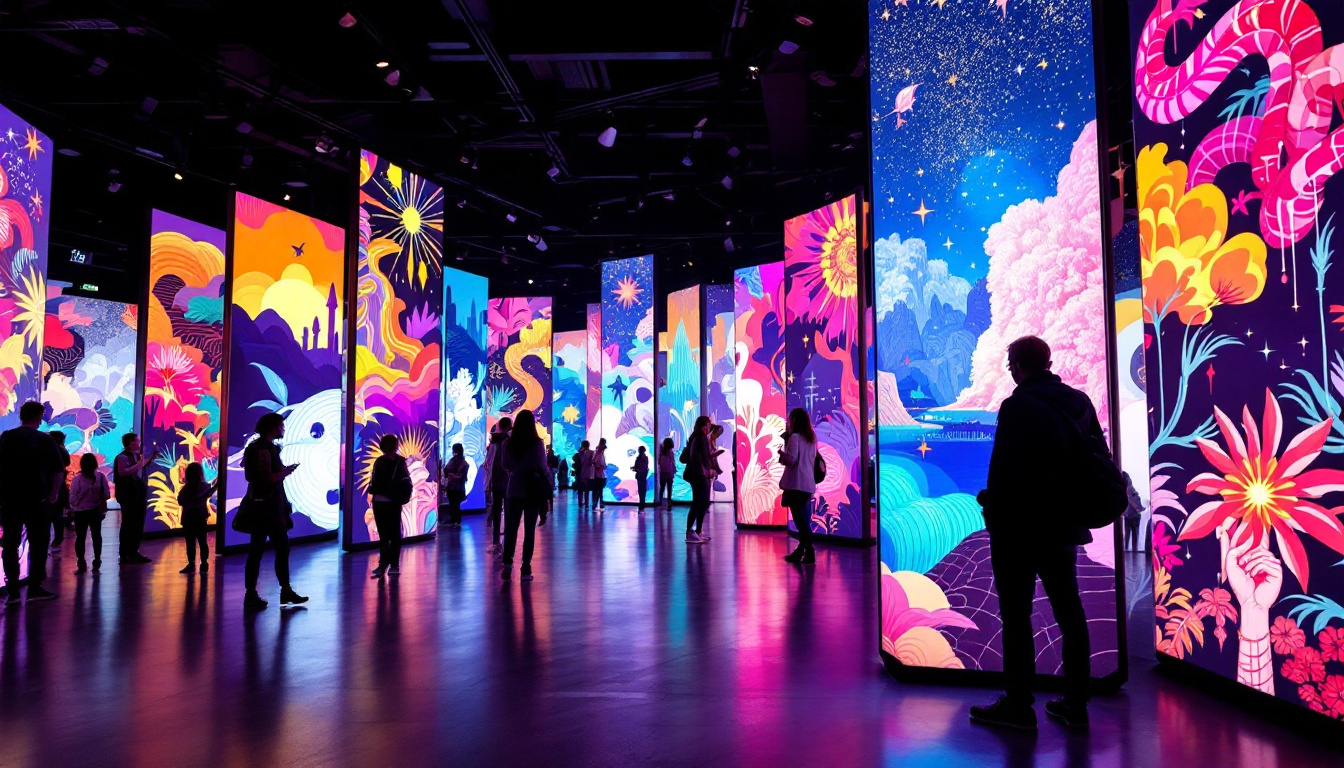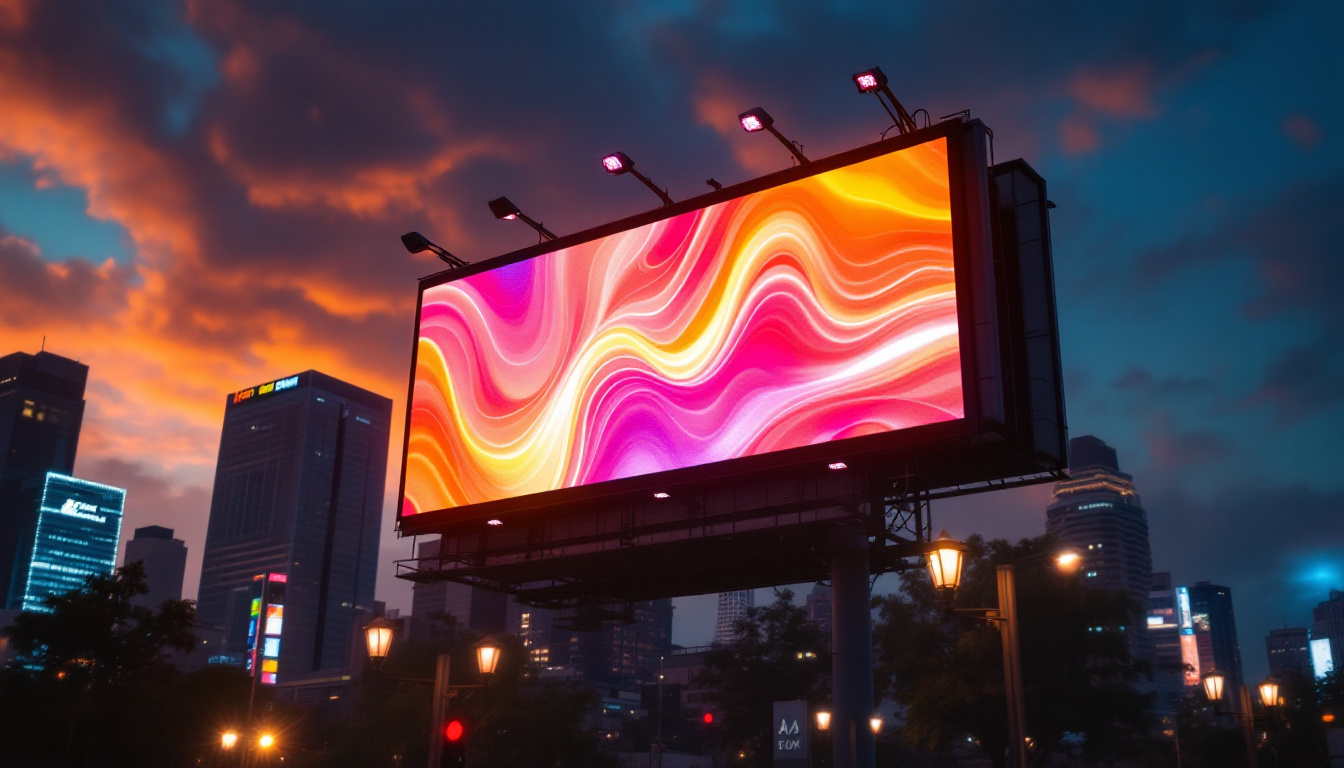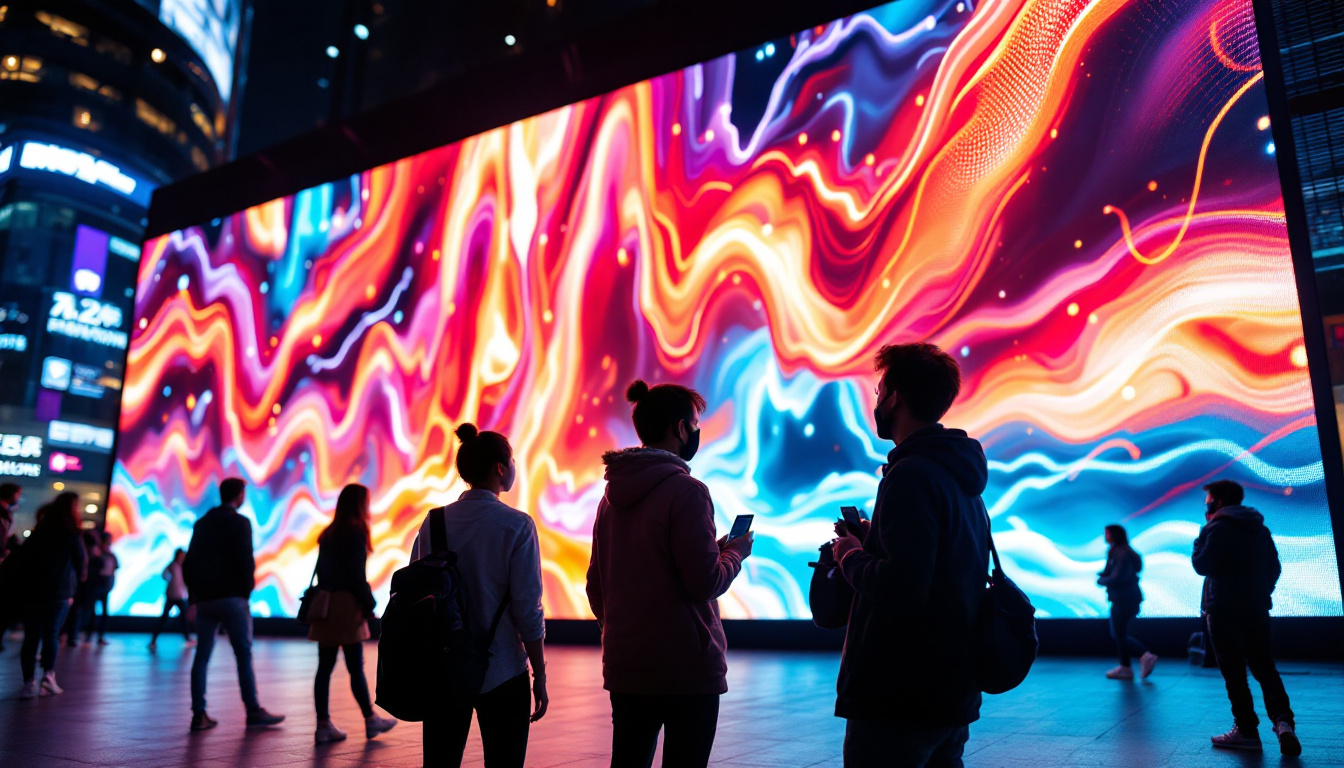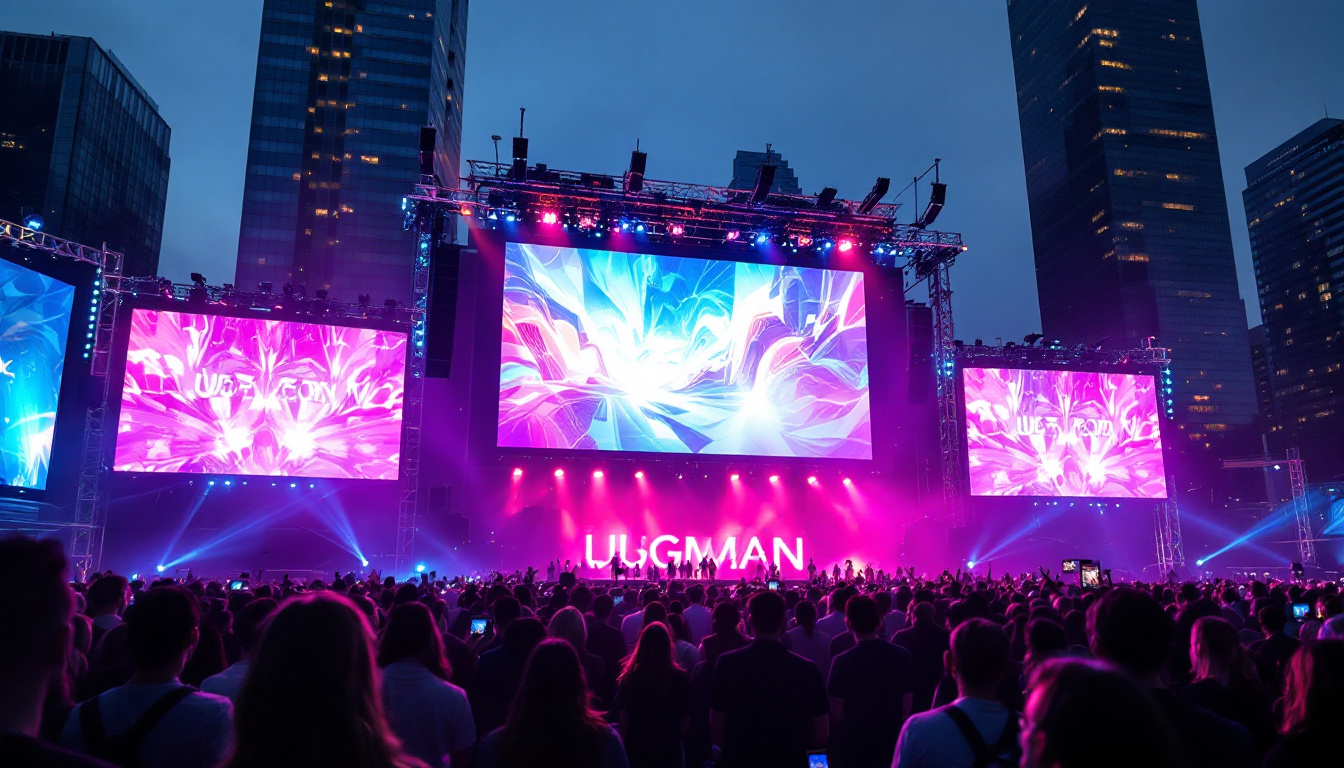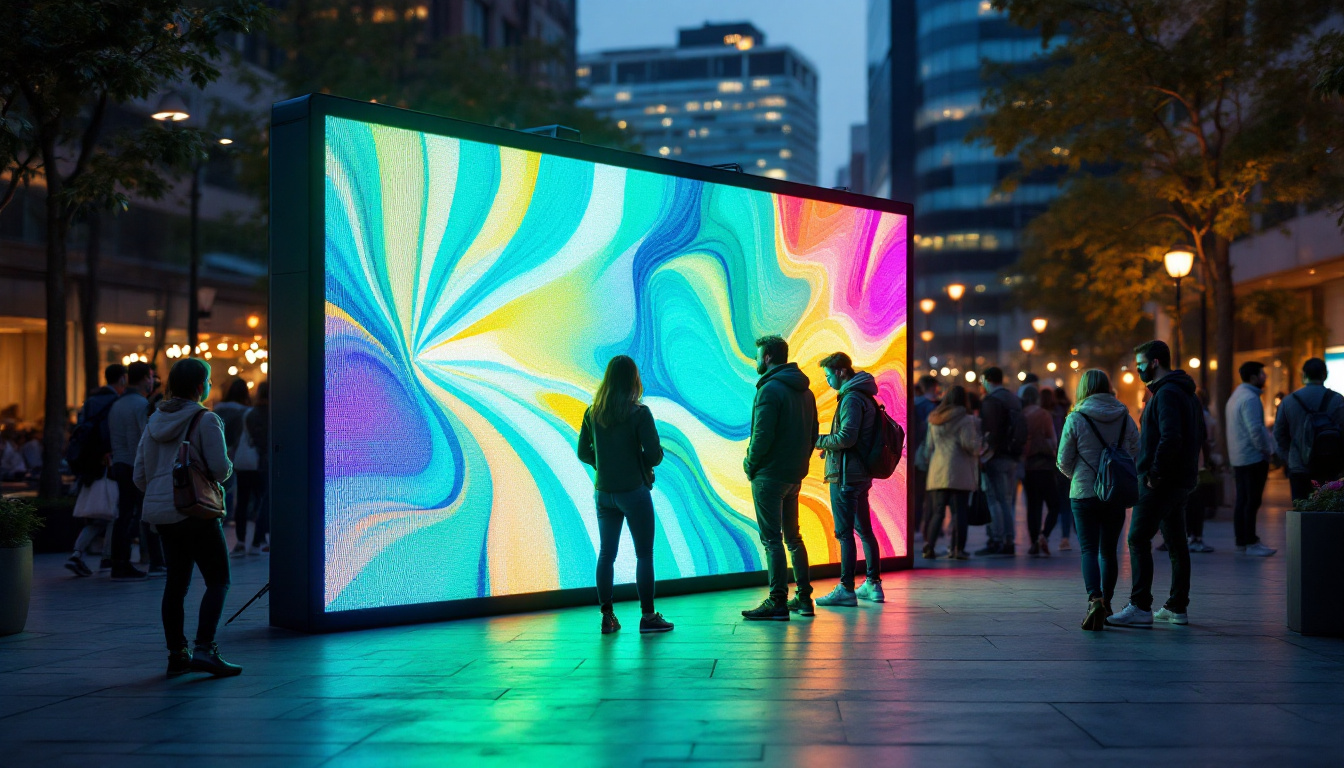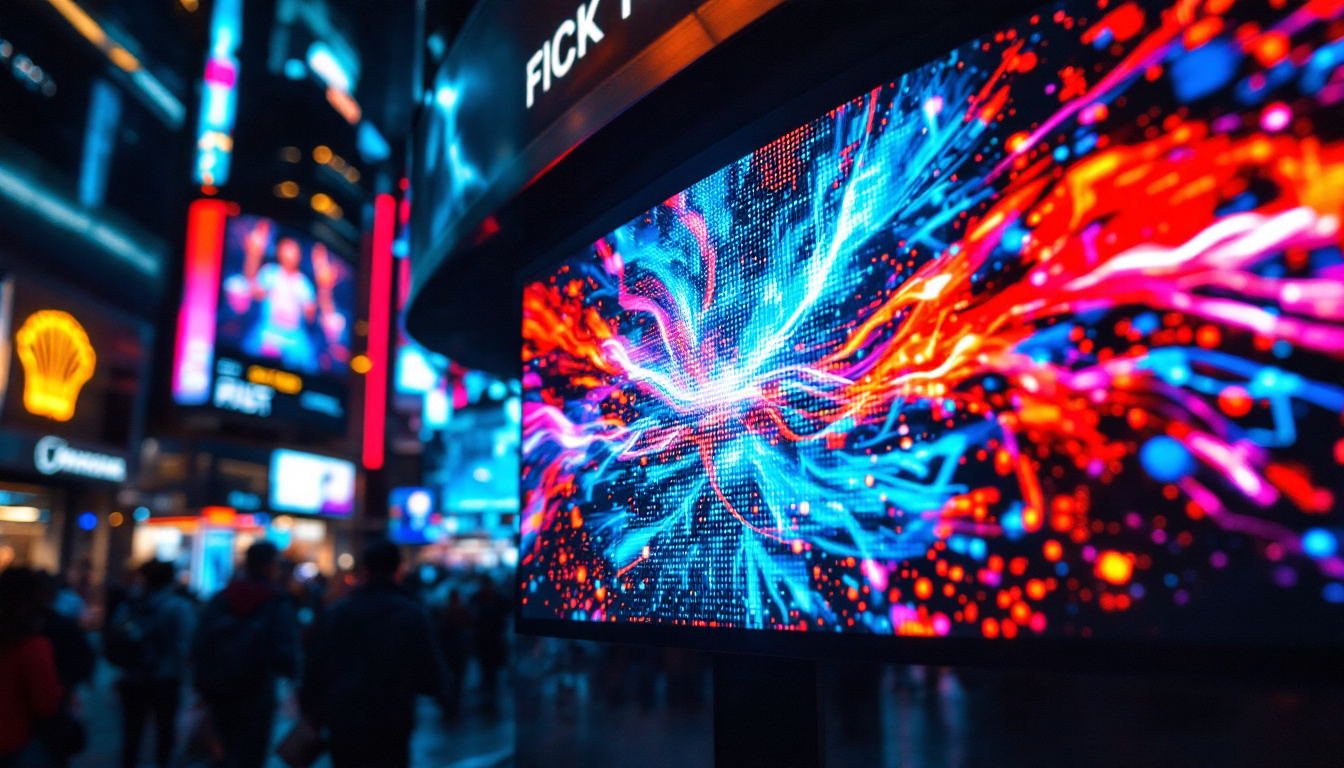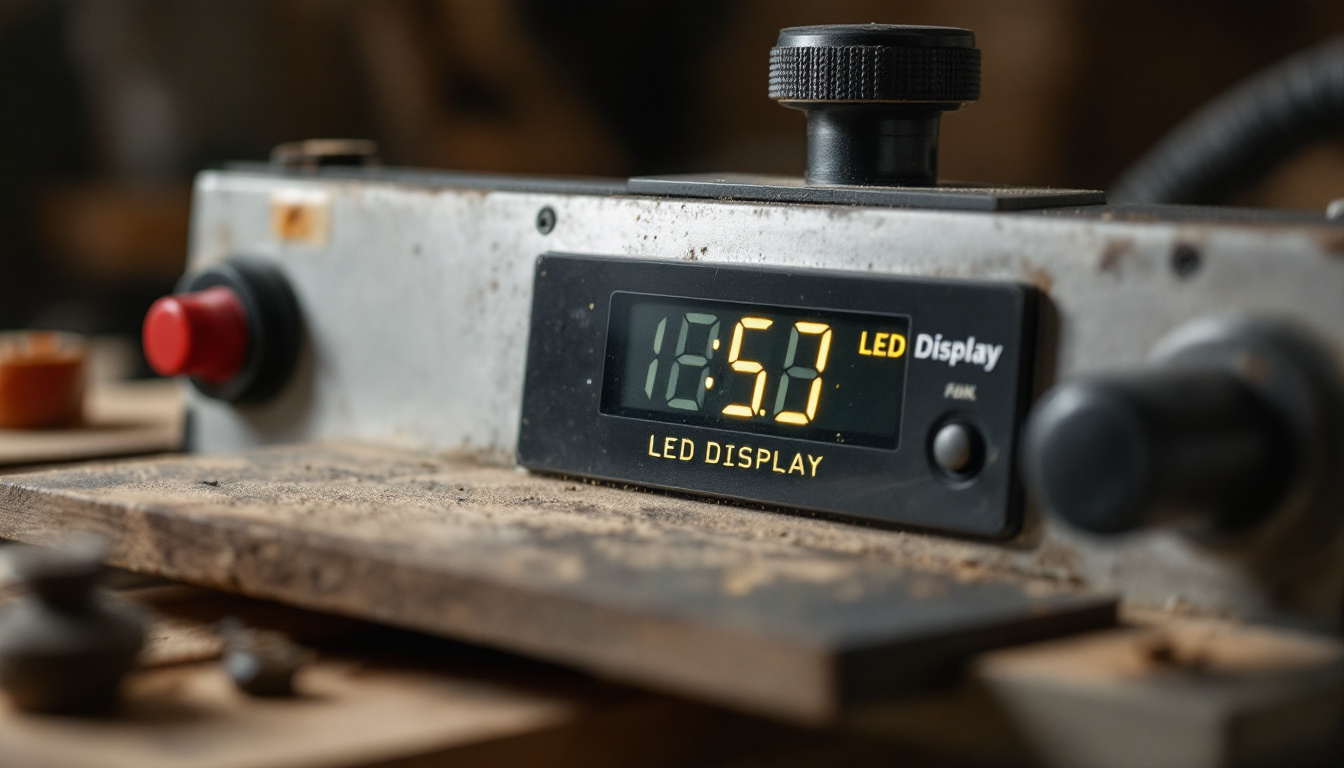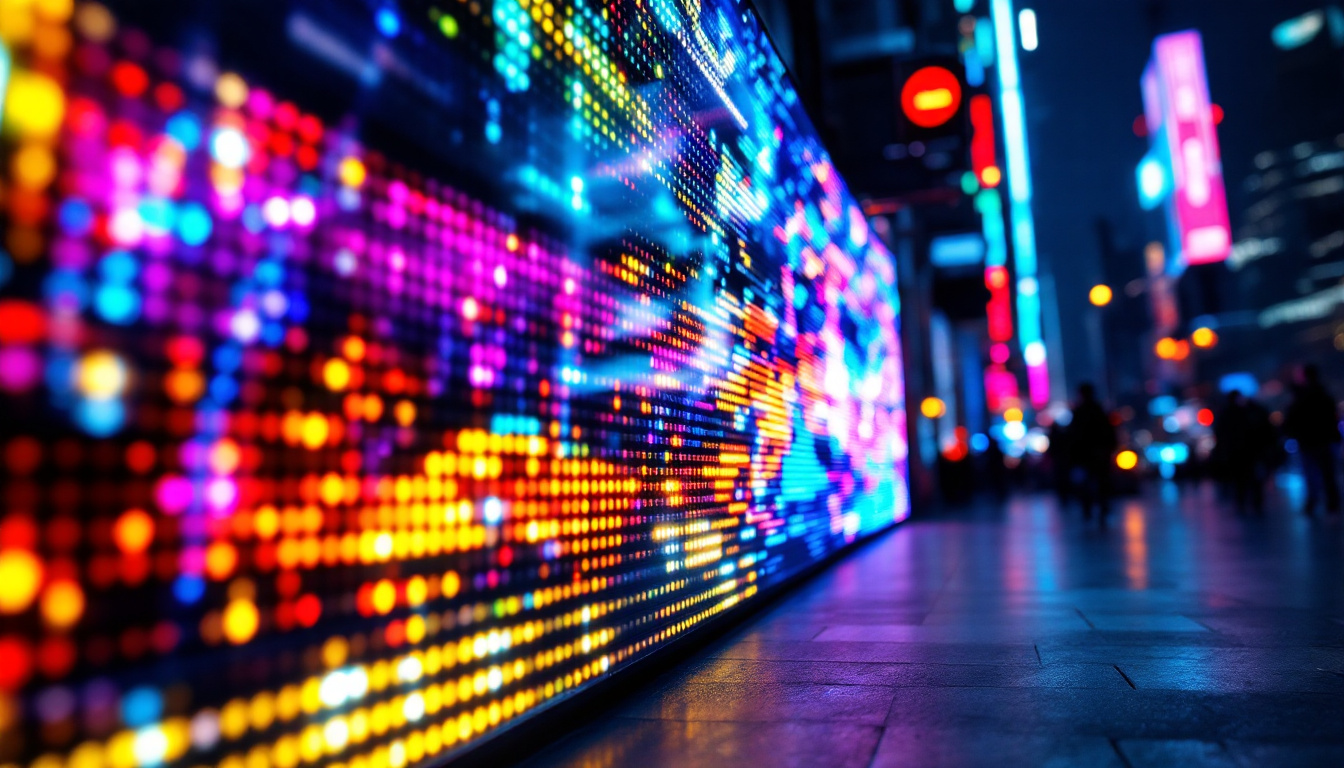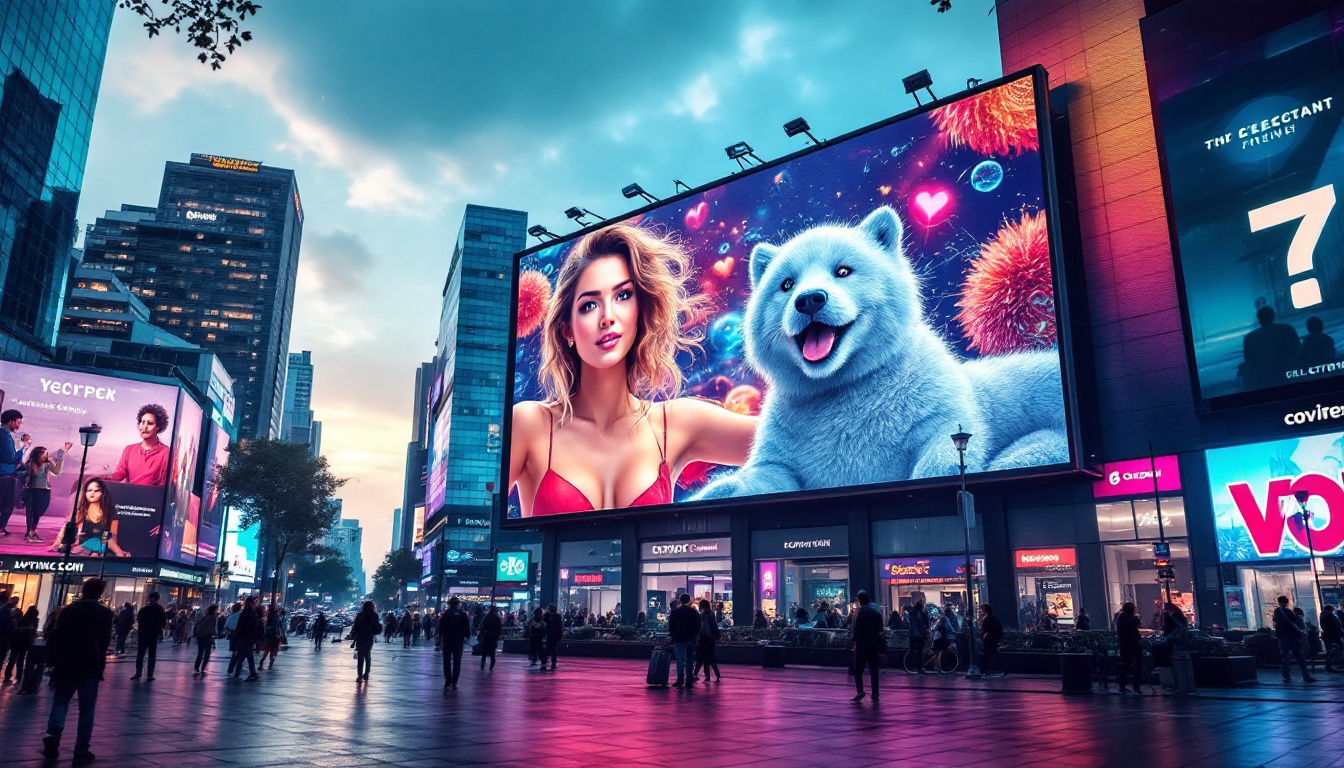In the world of sports and entertainment, lighting plays a crucial role in enhancing the experience for both players and spectators. LED stadium lights have emerged as a popular choice for venues looking to improve visibility while also reducing energy costs. This article delves into the costs associated with LED stadium lights, their benefits, and the factors that influence pricing.
Understanding LED Stadium Lights
LED stadium lights are advanced lighting solutions designed to illuminate large areas such as sports fields, arenas, and concert venues. They utilize Light Emitting Diodes (LEDs) to produce bright, high-quality light while consuming significantly less energy compared to traditional lighting systems.
Benefits of LED Stadium Lights
The adoption of LED technology in stadium lighting comes with a myriad of benefits. One of the most significant advantages is energy efficiency. LED lights consume up to 75% less energy than conventional halogen or metal halide lights, which translates into substantial savings on electricity bills.
Additionally, LED lights have a longer lifespan, often lasting up to 50,000 hours or more. This longevity reduces maintenance costs, as fewer replacements are needed over time. Furthermore, LED lights provide better color rendering and brightness, improving the viewing experience for fans and players alike. The ability to control brightness levels also allows for tailored lighting solutions that can adapt to different events, whether it’s a high-energy sports match or a more subdued concert atmosphere.
Environmental Impact
Switching to LED stadium lights also has positive implications for the environment. With lower energy consumption, the carbon footprint of a stadium can be significantly reduced. Many organizations are now prioritizing sustainability, and using LED lighting is a step towards achieving greener operations. Moreover, LEDs do not contain harmful substances like mercury, which is often found in traditional lighting options, making them a safer choice for both the environment and human health.
In addition to their eco-friendly attributes, LED stadium lights can also be integrated with smart technology, allowing for automated control and monitoring. This means that lighting can be adjusted in real-time based on occupancy, weather conditions, or specific event requirements. Such innovations not only enhance energy savings but also improve safety and security within the venue, as well-lit areas deter potential incidents and provide a more welcoming environment for attendees. As more stadiums embrace these technologies, the overall impact on energy conservation and environmental stewardship continues to grow.
Cost Factors for LED Stadium Lights
The cost of LED stadium lights can vary widely based on several factors. Understanding these elements can help stadium operators make informed decisions when budgeting for lighting upgrades.
Initial Purchase Price
The initial purchase price of LED stadium lights is influenced by factors such as the brand, wattage, and features of the lights. High-quality, reputable brands may command a premium price, but they often provide better performance and reliability. On average, the cost of LED stadium lights can range from $200 to $1,500 per fixture, depending on these variables. Additionally, advanced features such as smart technology integration, which allows for remote control and automation, can further increase the price. Operators should weigh the benefits of these features against their budget constraints to determine the best fit for their needs.
Installation Costs
Installation costs can also contribute significantly to the overall expense of LED stadium lights. The complexity of the installation process, the height of the lighting fixtures, and the existing infrastructure all play a role in determining labor costs. Hiring a professional electrician or lighting contractor is recommended to ensure safety and compliance with local regulations. Furthermore, if the installation requires modifications to the existing electrical system or structural reinforcements, these additional expenses should be factored into the overall budget. Proper planning and consultation with experts can help mitigate unexpected costs during the installation phase.
Maintenance and Operational Costs
While LED lights have lower maintenance needs compared to traditional lighting, there are still operational costs to consider. These include periodic inspections, cleaning, and potential repairs. However, the long lifespan of LED fixtures often results in lower overall maintenance costs over time. Moreover, the energy efficiency of LED lights translates to reduced electricity bills, which can significantly offset initial investment costs. Stadium operators should also consider the environmental benefits of LED technology, as these lights consume less energy and have a smaller carbon footprint, aligning with sustainability goals that are increasingly important in today’s sports venues.
Energy Efficiency and Longevity
Another critical factor in the cost equation is the energy efficiency and longevity of LED stadium lights. Unlike traditional lighting systems, which may require frequent bulb replacements and consume more power, LED lights can last up to 25 times longer and use significantly less energy. This not only leads to substantial savings on energy bills but also reduces the frequency and cost of replacements. Additionally, many LED systems are designed to provide better illumination quality, enhancing visibility for both players and spectators, which can improve the overall experience at events. As a result, investing in high-quality LED lighting can yield long-term financial benefits and contribute to a more enjoyable atmosphere in the stadium.
Comparing LED Stadium Lights to Traditional Lighting
When evaluating the cost-effectiveness of LED stadium lights, it is essential to compare them with traditional lighting options. This comparison highlights the long-term benefits of investing in LED technology.
Energy Consumption
Traditional stadium lighting systems, such as metal halide or high-pressure sodium lights, consume significantly more energy. This higher energy consumption leads to increased electricity costs, especially for venues that host events frequently. In contrast, LED lights offer substantial savings, making them a more economical choice in the long run. Furthermore, the efficiency of LED lights means they produce more lumens per watt, resulting in brighter illumination with less energy. This not only reduces operational costs but also lessens the environmental impact, making LED lights a more sustainable option for stadiums aiming to reduce their carbon footprint.
Replacement Frequency
Another critical factor is the frequency of replacements. Traditional lighting systems typically have a shorter lifespan, requiring more frequent replacements. This not only incurs additional costs but also disrupts operations during installation. LED lights, with their extended lifespan, minimize these disruptions and associated costs. In fact, many LED fixtures are rated for up to 50,000 hours of use or more, significantly outlasting their traditional counterparts. This longevity also translates to less waste, as fewer bulbs end up in landfills, aligning with the growing trend of sustainability in sports venues. Additionally, the reduced need for maintenance means that staff can focus on enhancing the overall experience for fans rather than managing lighting issues.
Calculating the Total Cost of Ownership
To make a well-informed decision regarding LED stadium lights, it is essential to calculate the total cost of ownership (TCO). This includes not only the initial purchase price but also installation, maintenance, and energy costs over the lifespan of the lights.
Estimating Energy Savings
To estimate energy savings, it is crucial to know the wattage of the existing lighting system and the wattage of the proposed LED lights. By calculating the difference in energy consumption and multiplying it by the average electricity rate, stadium operators can project significant savings over time.
Long-Term Financial Benefits
In addition to energy savings, the reduced maintenance costs associated with LED lights contribute to the overall financial benefits. By factoring in these savings, stadium operators can justify the initial investment in LED technology. Many venues report that they recoup their investment within a few years due to these cumulative savings.
Case Studies: Successful LED Stadium Light Implementations
Several stadiums and arenas have successfully transitioned to LED lighting, showcasing the benefits and cost savings associated with this technology.
Example 1: A Major League Baseball Stadium
A prominent Major League Baseball stadium recently upgraded its lighting system to LED technology. The initial investment was substantial, amounting to approximately $1 million. However, the stadium’s management projected energy savings of over $300,000 annually. This transition not only improved the quality of light during games but also enhanced the overall fan experience.
Example 2: A Multi-Purpose Arena
A multi-purpose arena that hosts concerts, sports events, and community gatherings made the switch to LED lights, investing around $500,000. The arena’s management reported a 70% reduction in energy costs and a significant decrease in maintenance expenses. The improved lighting quality also attracted more events, leading to increased revenue.
Future Trends in LED Stadium Lighting
The field of LED stadium lighting continues to evolve, with new technologies and innovations emerging regularly. Staying informed about these trends can help stadium operators make better decisions for their venues.
Smart Lighting Systems
One of the most exciting trends is the integration of smart lighting systems. These systems allow for remote control and automation of lighting, enabling stadium operators to adjust brightness levels based on specific needs. This technology can further enhance energy efficiency and provide tailored lighting solutions for different events.
Dynamic Lighting Effects
Dynamic lighting effects are gaining popularity in stadiums, offering visually stunning displays during events. By utilizing advanced LED technology, venues can create immersive experiences that engage fans and enhance the overall atmosphere. This trend is particularly popular in concert venues and arenas hosting large-scale events.
Conclusion
Investing in LED stadium lights represents a forward-thinking approach to venue management, balancing cost efficiency with enhanced performance. While the initial costs may seem daunting, the long-term savings and benefits far outweigh the upfront investment. As technology continues to advance, the advantages of LED lighting will only become more pronounced, making it an essential consideration for any stadium or arena looking to improve its operations.
By understanding the costs associated with LED stadium lights, operators can make informed decisions that not only enhance the experience for fans and athletes but also contribute to a more sustainable future. Embracing LED technology is not just a trend; it is an essential step towards modernizing sports and entertainment venues for generations to come.
Illuminate Your Venue with LumenMatrix
Ready to elevate your stadium or arena with the latest in LED technology? LumenMatrix is at the forefront of LED display innovation, offering a wide range of solutions that transform any venue into a dynamic and engaging environment. From Indoor and Outdoor LED Wall Displays to specialized LED Sports Displays and beyond, our products are designed to captivate your audience and deliver your message with unparalleled impact. Don’t let your venue fall behind; check out LumenMatrix LED Display Solutions today and step into the future of visual communication.

